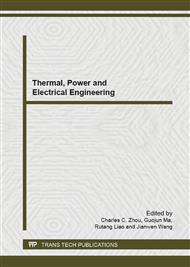p.83
p.90
p.98
p.103
p.109
p.116
p.120
p.127
p.133
Enhanced Geothermal Systems Projects and its Potential for Carbon Storage
Abstract:
Enhanced Geothermal Systems represent a series of technology, which use engineering methods to improve the performance of geothermal power plant. In some geothermal fields, the rocks are in high temperature but a low permeability, or the subsurface water is scarce. In these geological conditions, cool water was injected into the geothermal wells to fracture the tight rock and create man-made reservoir for thermal exploitation. Furthermore, these engineering methods can be utilized to improve the productivity of pre-existing hydrothermal power plants. To save water and treat the global warming, using carbon dioxide instead of water as working fluid was proposed. Numerical simulation reveals that the carbon dioxide has numerous advantages over water as working fluid in the heat mining process. The precipitation caused by carbon dioxide will restore part of carbon dioxide in the rock and reduce the micro-seismicity risk.
Info:
Periodical:
Pages:
109-115
Citation:
Online since:
August 2013
Authors:
Price:
Сopyright:
© 2013 Trans Tech Publications Ltd. All Rights Reserved
Share:
Citation:


